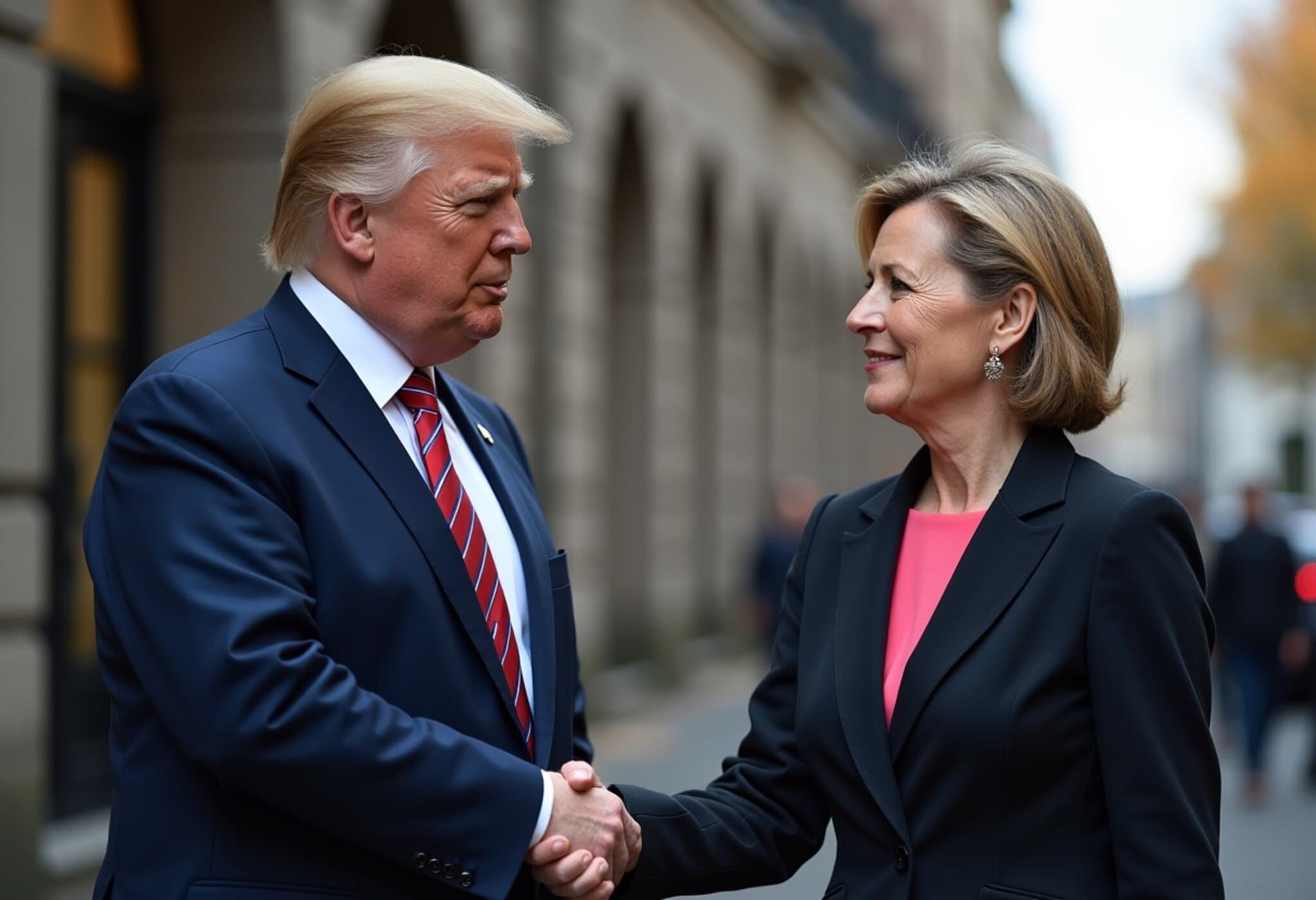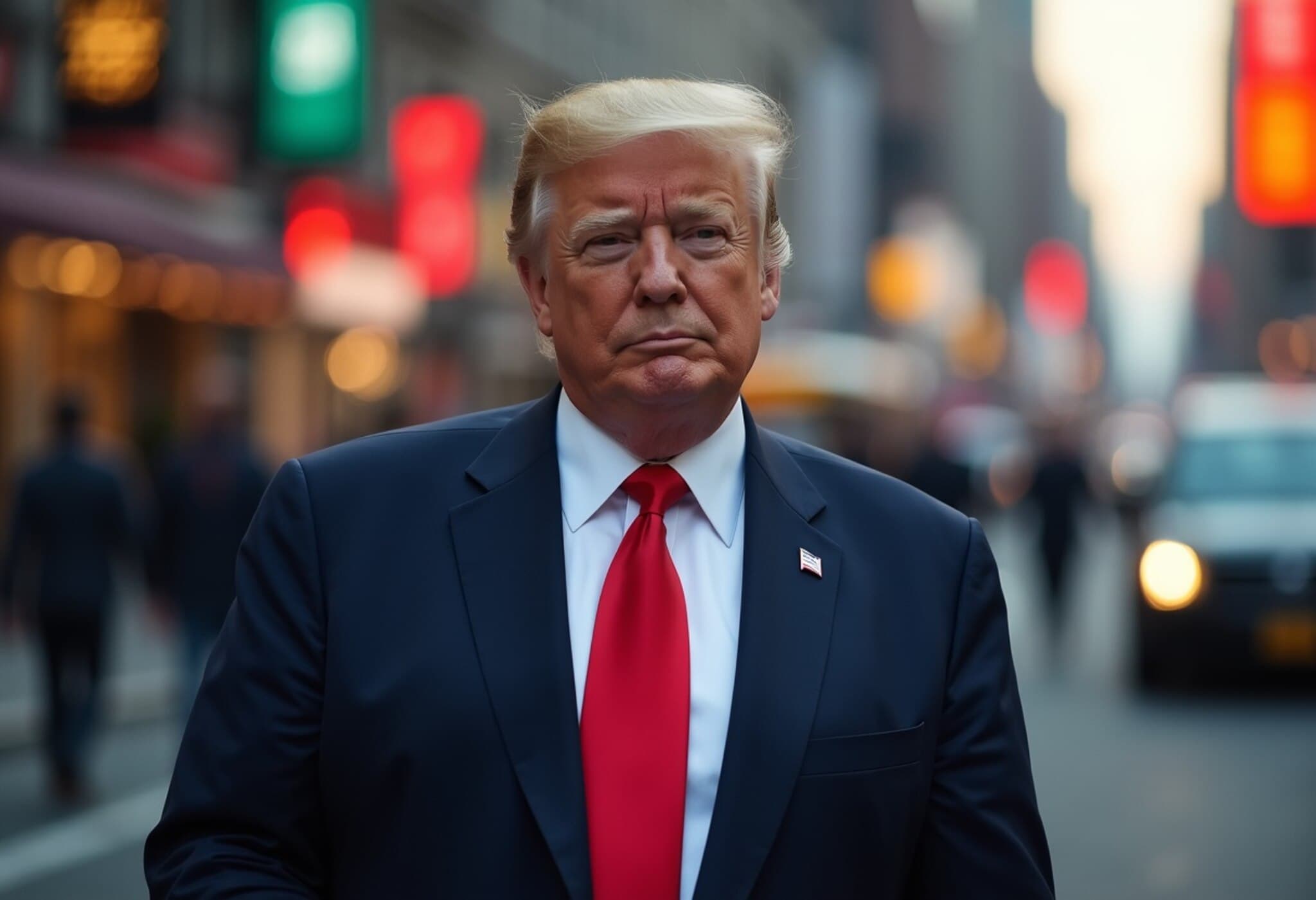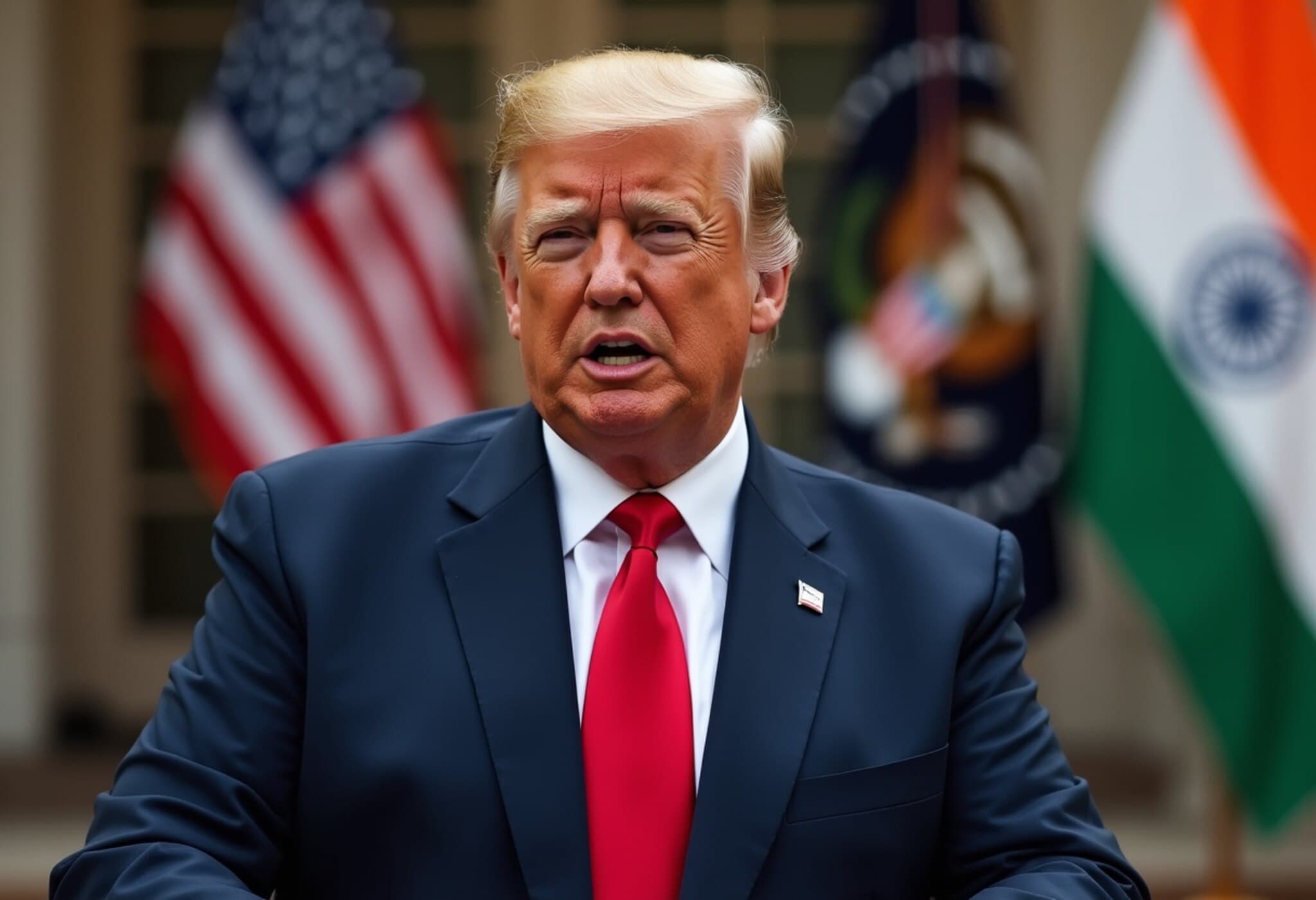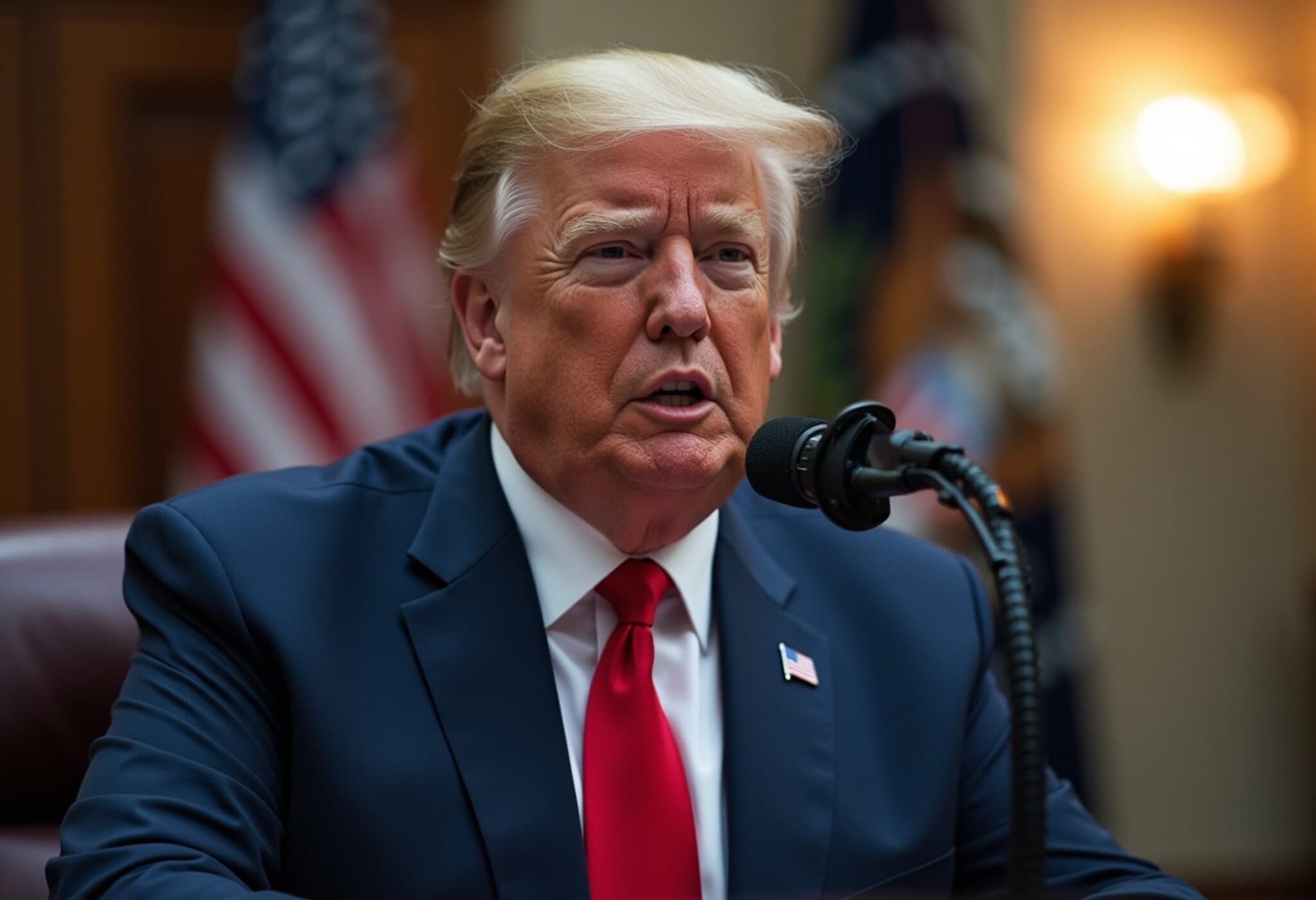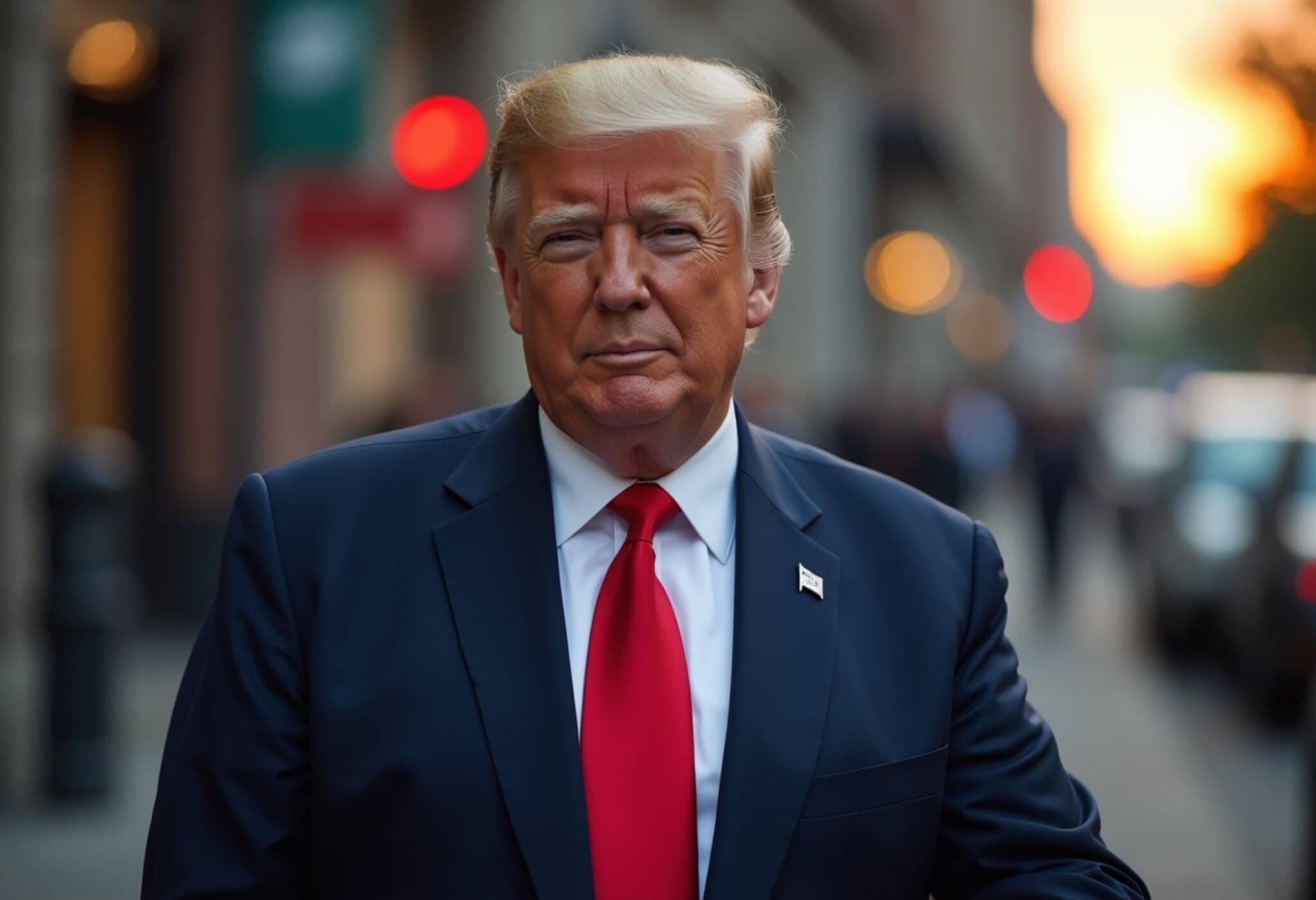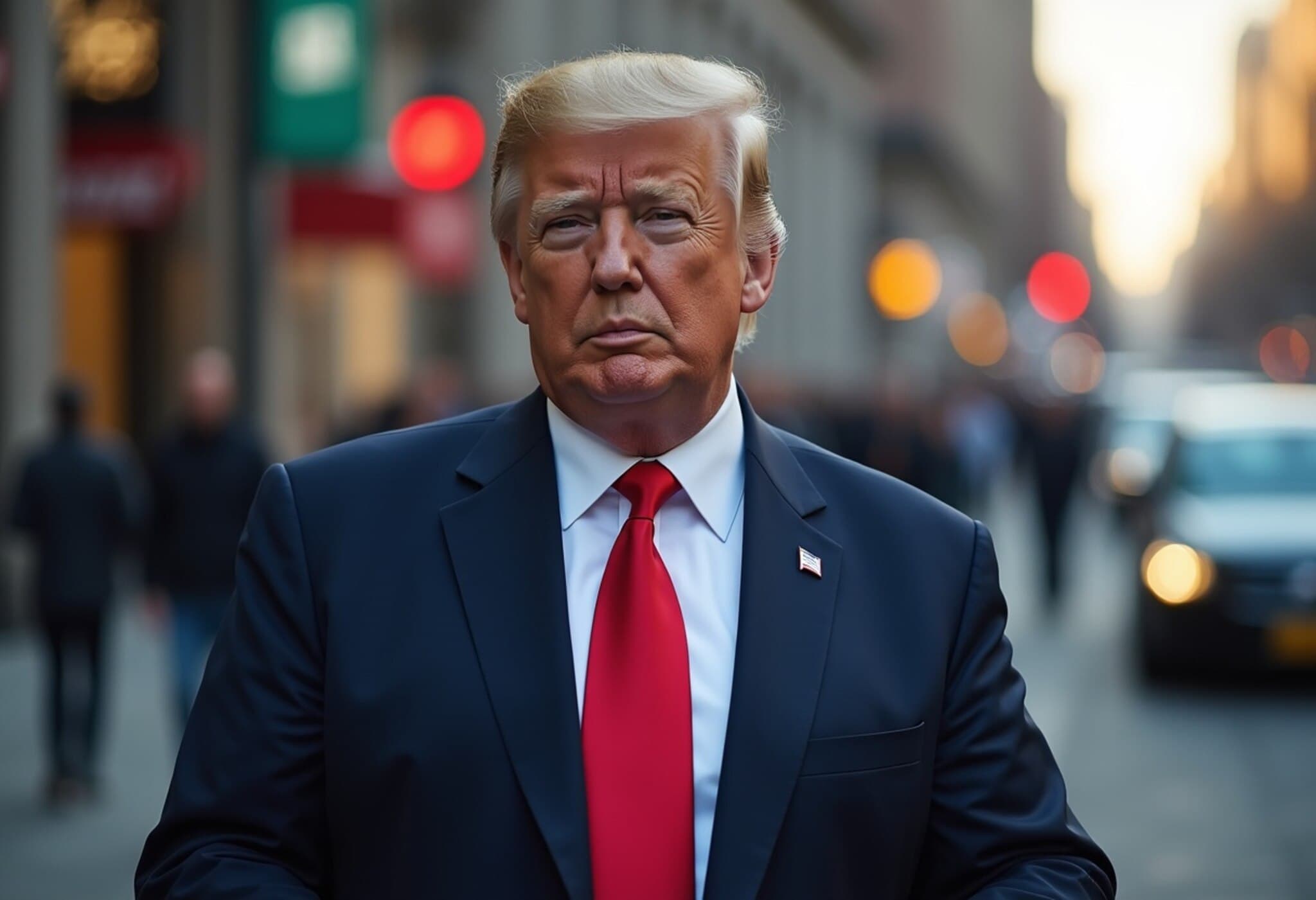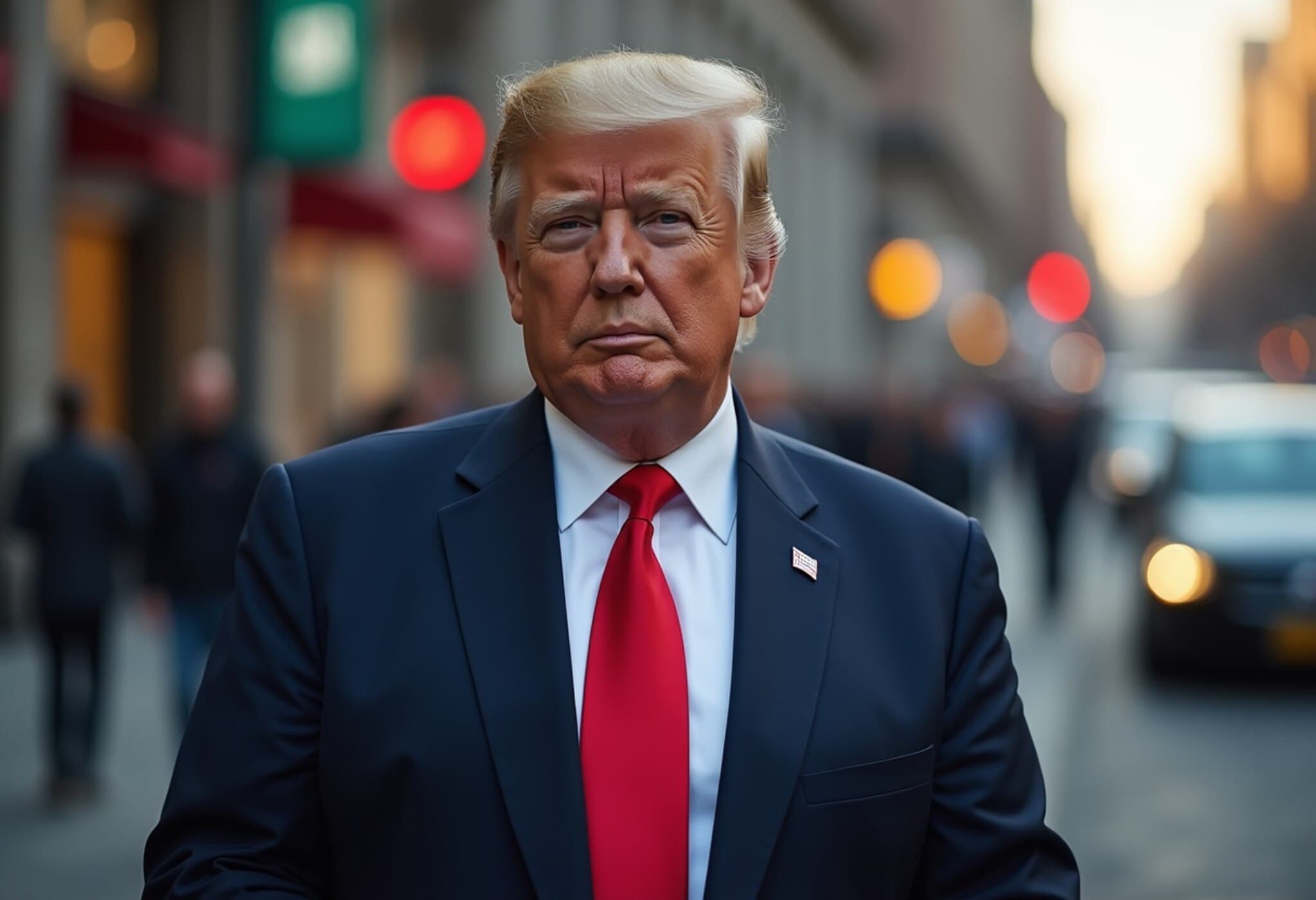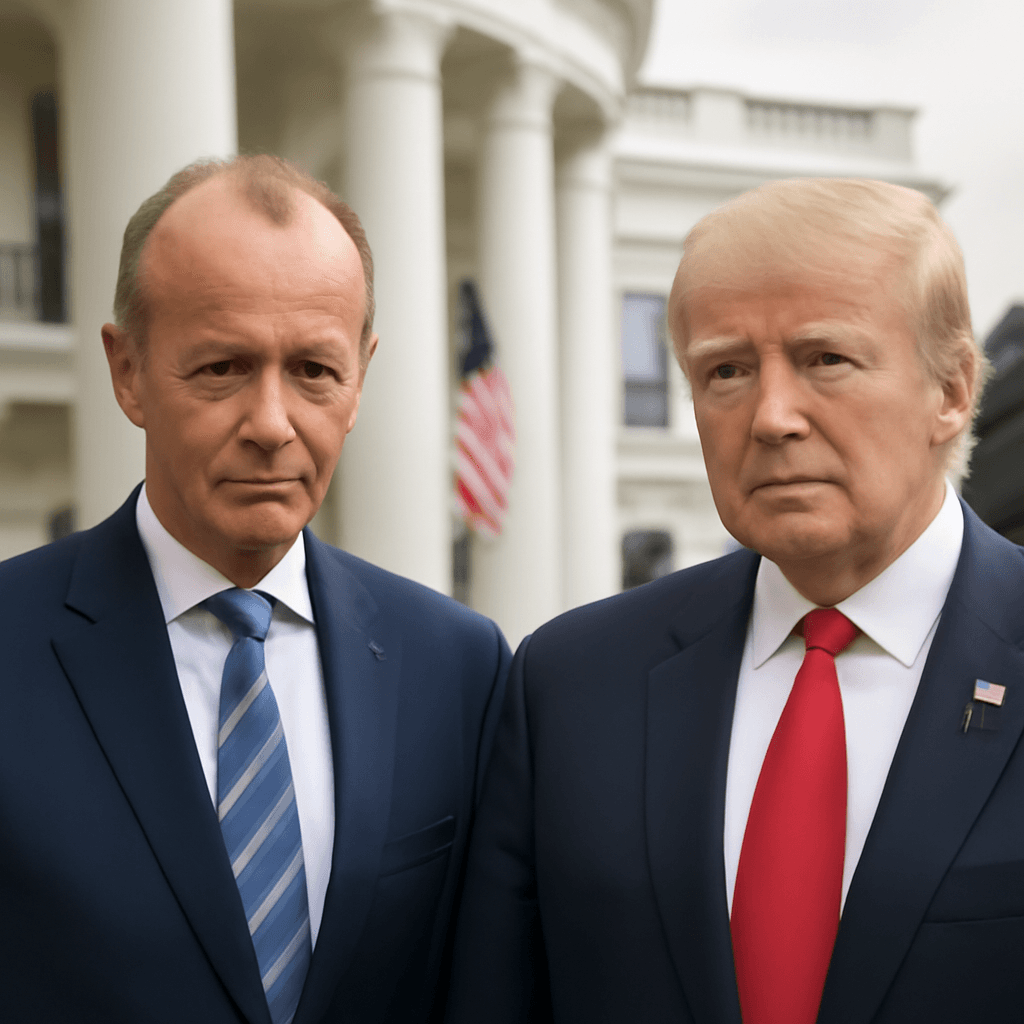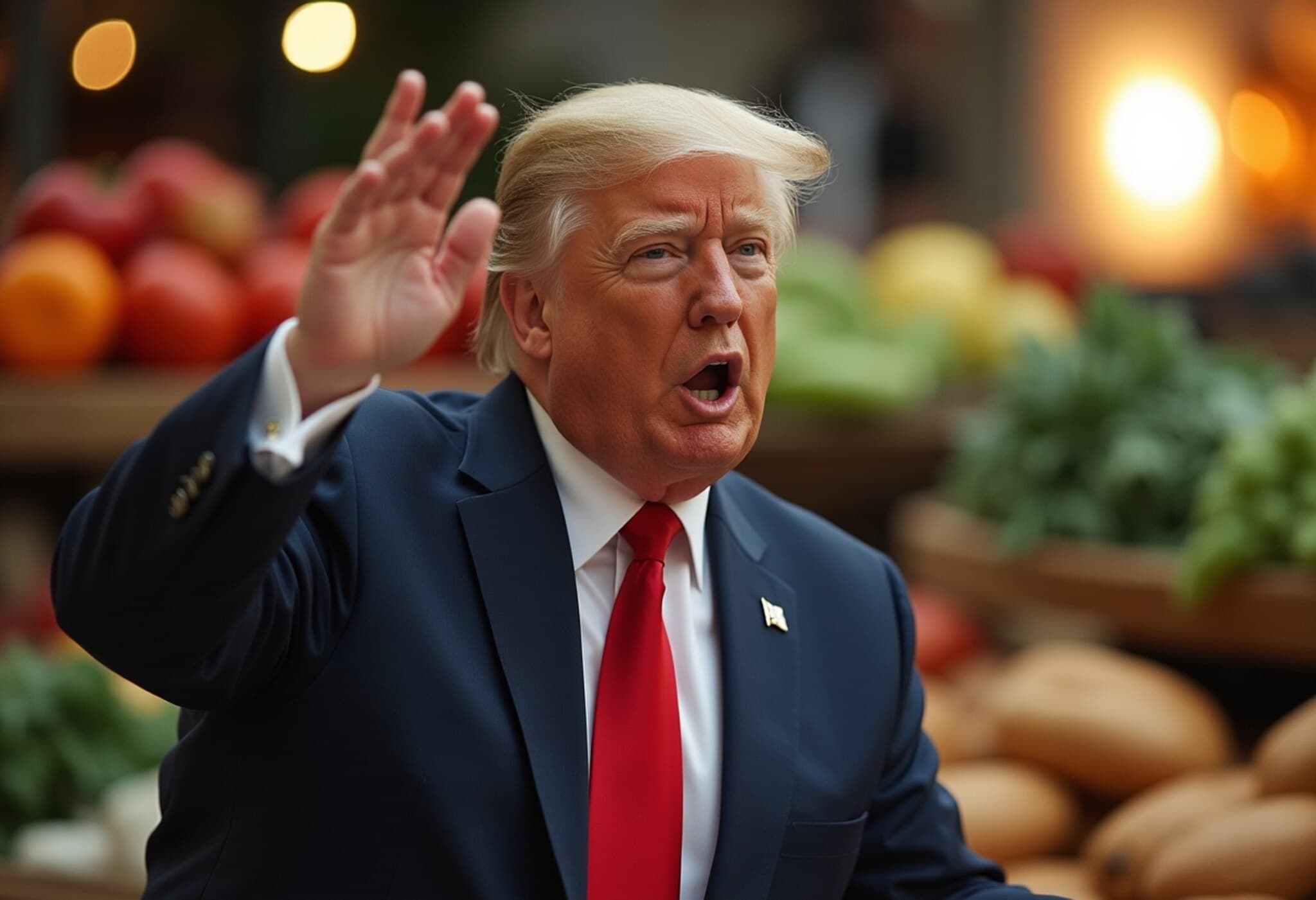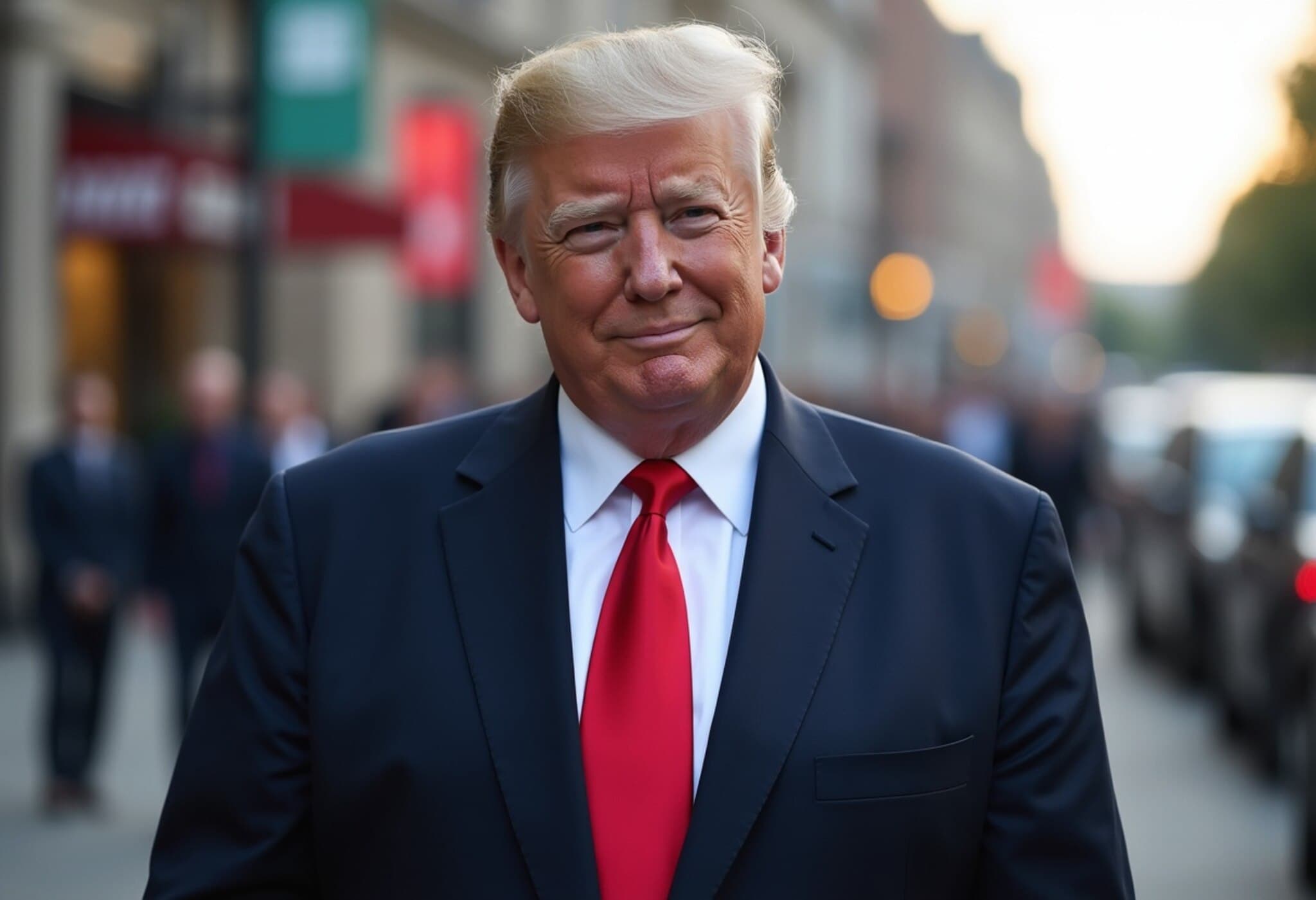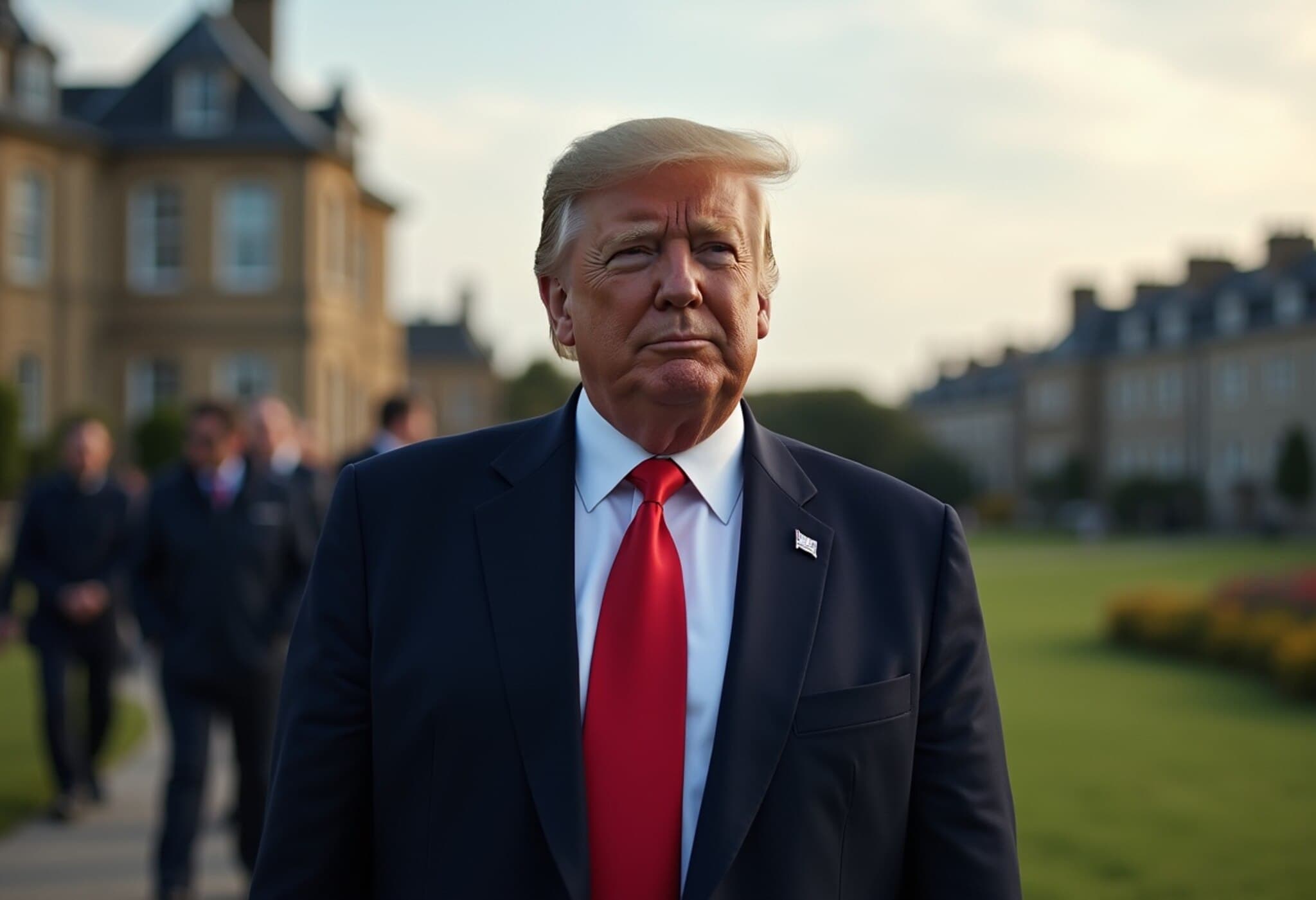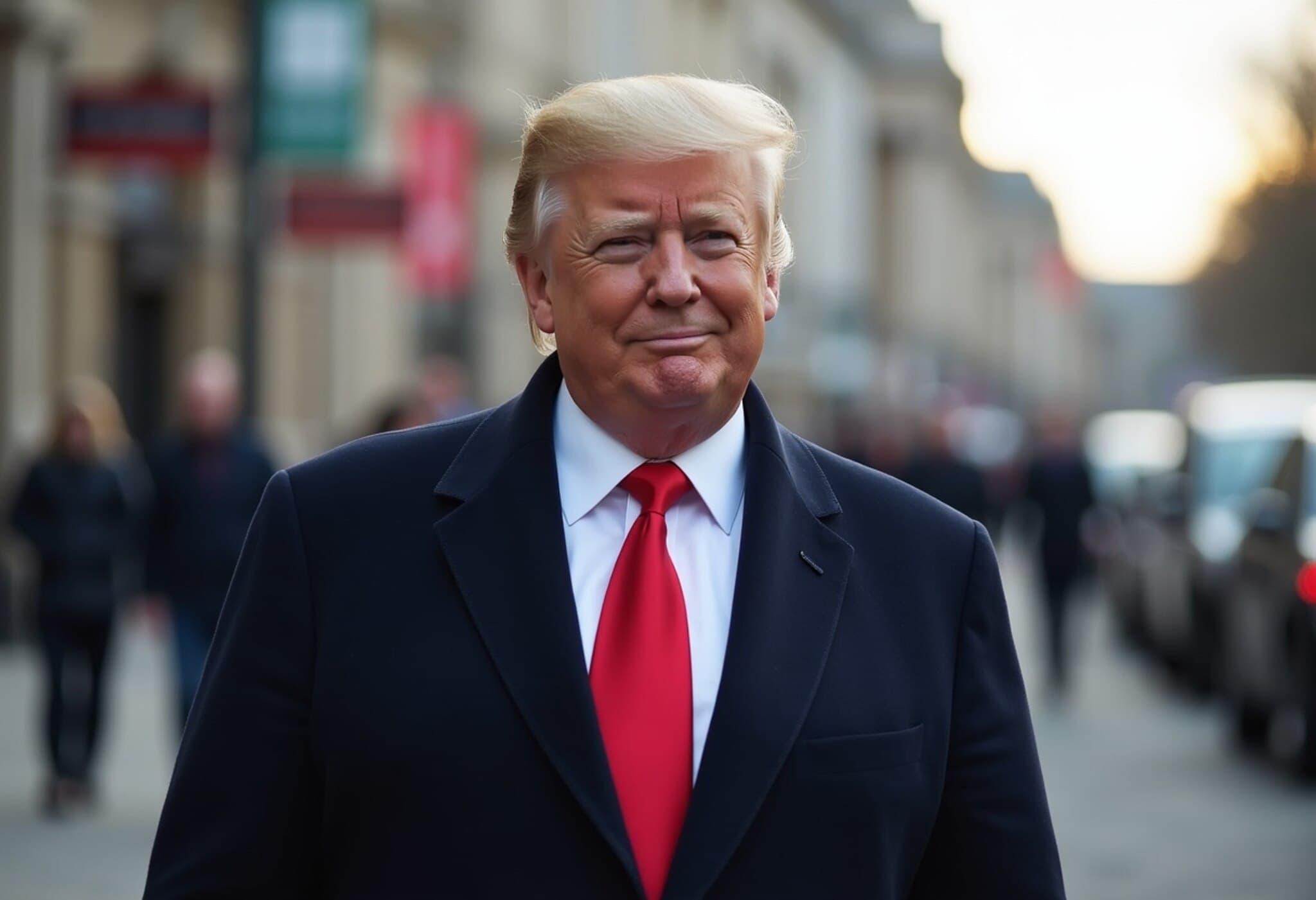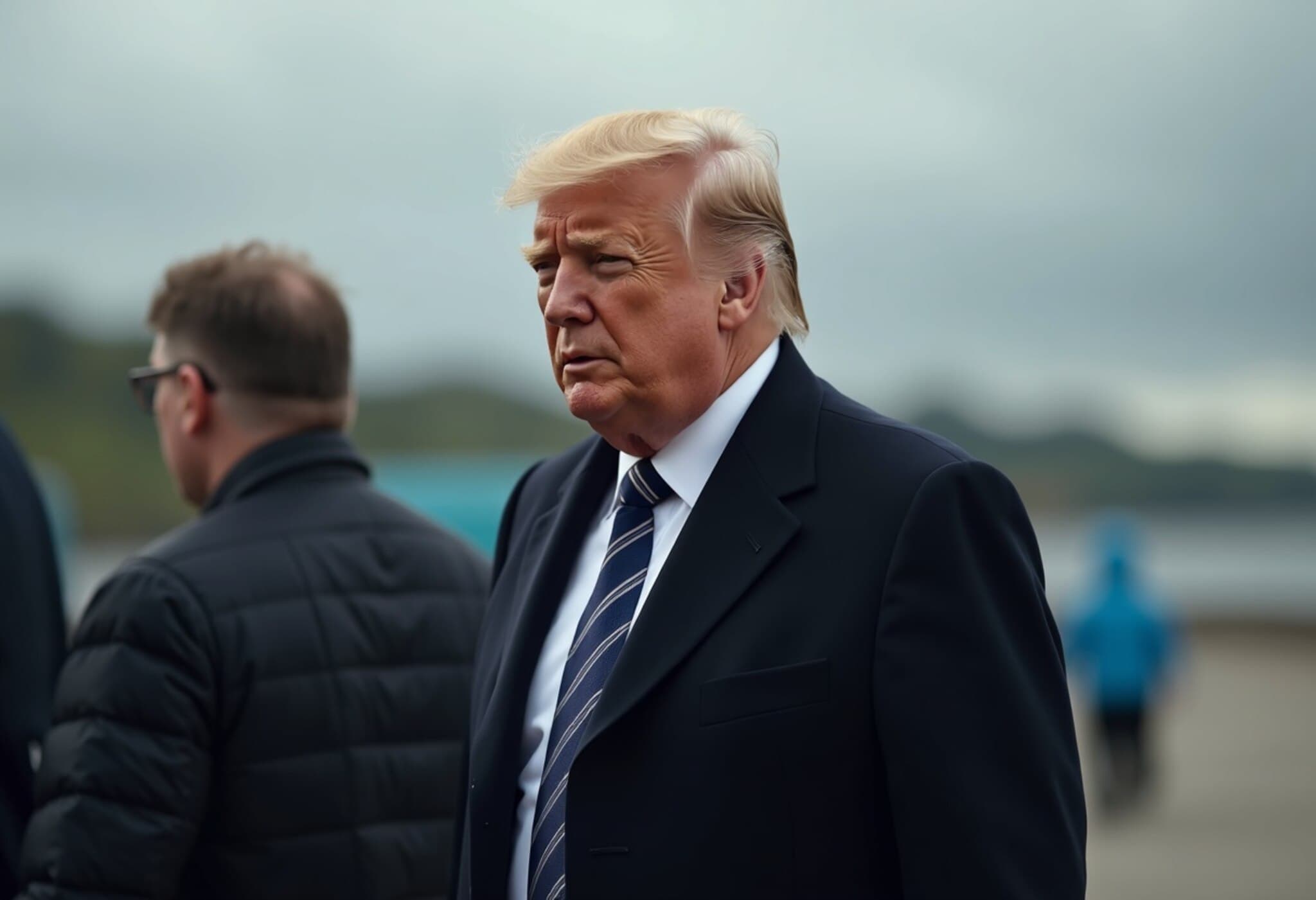US and EU Leaders Meet in Scotland Amid High-Stakes Trade Negotiations
In a move watched closely by global markets, US President Donald Trump and European Commission President Ursula von der Leyen convened in Scotland on Sunday to revive critical transatlantic trade discussions. The talks aim to resolve a simmering trade dispute that threatens to disrupt one of the world’s largest economic partnerships.
The Urgency Behind the Summit
With an August 1 deadline looming, both sides face mounting pressure to avoid escalating tariffs that could ripple through global supply chains. President Trump has warned that without a breakthrough, his administration intends to enforce new tariffs of up to 30% on European goods, in addition to existing levies including 25% on cars and parts and 50% on steel and aluminum.
These measures target key European industries, underscoring the high stakes involved for sectors like automobiles, pharmaceuticals, and industrial manufacturing.
Negotiation Dynamics and Complex Challenges
Despite the tension, Trump gave a cautiously optimistic assessment, calling the chances of an accord "50-50" and praising von der Leyen as a "highly respected woman." While specifics are still under wraps, the US President noted about "20 sticking points" complicate the talks.
The European Union, as the United States’ largest trading partner, exported a staggering €532 billion ($603 billion) worth of goods to the US in 2024 alone. A considerable portion of these exports includes pharmaceuticals, auto components, and chemicals—industries vulnerable to tariff fluctuations.
Geopolitical and Economic Context
Adding another layer to the negotiations, EU officials have consulted with Japanese counterparts who recently secured a trade arrangement setting baseline tariffs at 15%, a benchmark the EU seeks to emulate. The Trump administration’s broader trade strategy has been marked by bilateral deals with countries like the UK, Japan, Indonesia, and Vietnam, although it has yet to fulfill the ambitious promise of "90 deals in 90 days."
This ongoing negotiation is not just about tariffs—it reflects a global reconfiguration of trade rules and power balances. As the US seeks to leverage its economic muscle, the EU pushes for protections that preserve its industrial and technological competitiveness.
What’s at Stake for the Global Economy?
- Consumer prices: New tariffs could increase costs for consumers on both sides, from cars to medicines.
- Supply chains: Disruptions in cross-border manufacturing and logistics could delay goods and inflate costs.
- Investment climate: Uncertainty may deter long-term investment and innovation in critical sectors.
Looking Ahead: The Road to a Transatlantic Trade Agreement
As talks continue in Scotland, the world is watching whether diplomacy can overcome the entrenched challenges that have stalled progress for months. An agreement here could not only avert an escalating tariff war but also lay groundwork for a more collaborative transatlantic economic partnership in an increasingly fragmented global trade environment.
For policymakers, business leaders, and consumers, the outcome will be a testament to whether cooperation can prevail over conflict in shaping the economic future.
Expert Insight
Trade analyst Dr. Emily Reynolds of the Center for Global Economics notes, "This negotiation is emblematic of broader tensions where economic nationalism clashes with global interdependence. The pressure to protect domestic industries must be balanced against the realities of deeply integrated supply chains. Success hinges on pragmatic compromises that acknowledge these complex dynamics."
Editor's Note
The US-EU trade talks unfolding in Scotland encapsulate a pivotal moment for international commerce. Beyond tariffs, they spotlight deeper questions about global cooperation amid rising protectionism. Readers should ponder: How will these negotiations influence future trade norms? Can longstanding allies navigate economic grievances without fracturing ties? Stay tuned as this high-stakes dialogue progresses.

